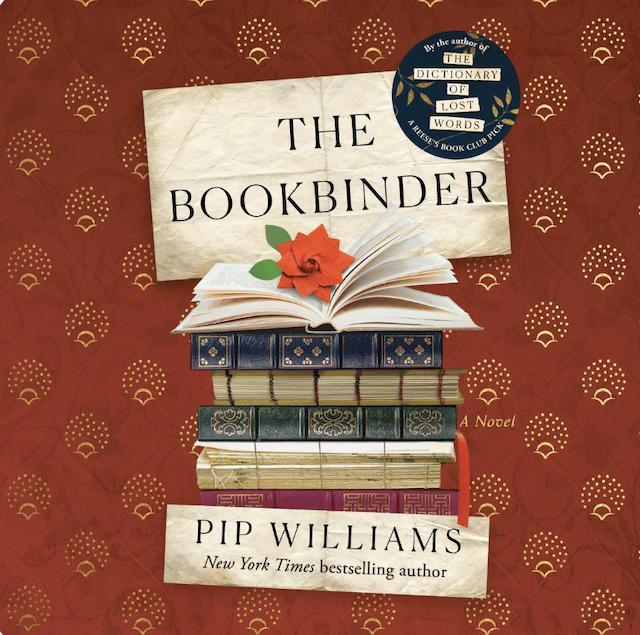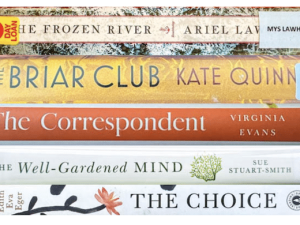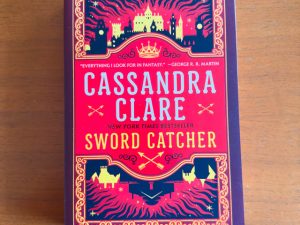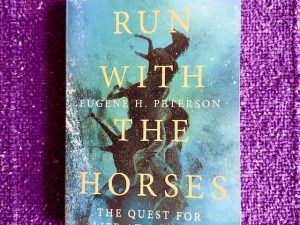This is a story of women in England during World War 1. Peg, the main protagonist, works in the Oxford University Press binding books, along with her (autistic?) twin sister. They are told to fold and sew the pages and not read them, but Peg longs to read them. And so a tale unfolds of her working to realize that dream, while volunteering for the war effort, dealing with the Spanish Flu (which took five times more lives than Covid 19), all while being responsible for her twin as a parentless teen.
There were many things to like about this book. First, the time period is interesting, for books about this time period from a woman’s perspective are rare. It also highlights the role education plays in women’s rights, since initially, the suffragist movement only worked to get the vote for upper class women. And I especially liked this book because it is an homage to the transformational power of books, which I have experienced as deeply true. That is a delight to read about and have reinforced, in a time where the educational divide continues to be a widening chasm.
The Bookbinder highlights not only the senseless horror and deprivations of wartime, but also the unexpected freedoms and opportunities women could experience while the men were gone– privileges they would have to relinquish once the war was over.
This is a satisfying and informative work of well written and thoroughly researched historical fiction, featuring a tremulously ambitious young woman challenging the status quo. In fact, all six of the main characters progress in the course of this story, despite their challenges, and this is always good to see. Was it a page-turner? No, but it is substantive, while still being enjoyably readable. I feel it earned five stars.










